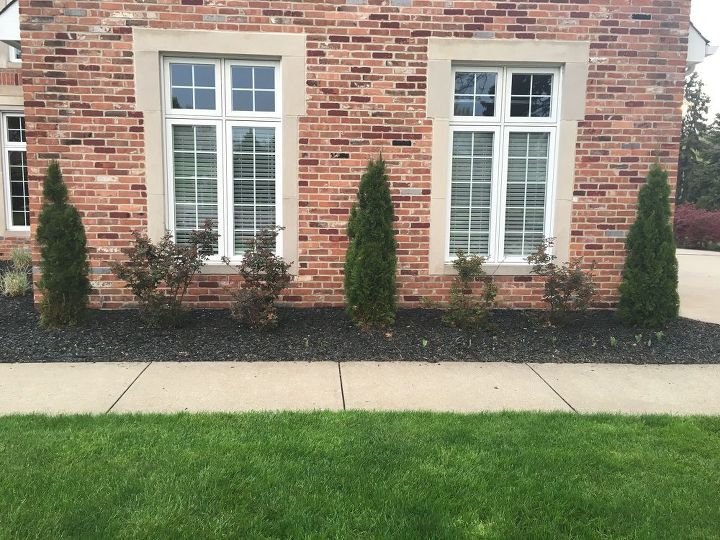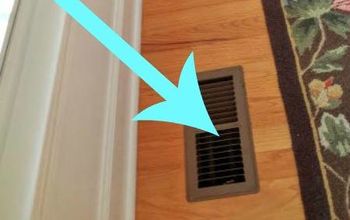Is there anything I can do to grow larger Blackeyed Susan flowers?
My Blackeyed Susans have flowers that are only about an 1" in size, but have plenty of leaves and are about 18-24" tall and are very healthy looking plants. What can I add to the soil to get larger flowers?
Related Discussions
GNATS - How to get rid of them?
Somehow my house and garden got tiny gnats that killed my fuchsia plant and fly everywhere. I have tried ALL the Web recommendations - soap and oil dishes, sand in th... See more
Marigolds growing! Should I pinch the buds?
My marigold plants are growing. I heard that pinching the buds until Autumn will allow them to grow without killing the plant. Is this true?
Growing garlic
Growing our first garlic, should we wait until the leaves are drying out before we pick it? Husband picked first one today along with our first potatoes.
How to keep mice out of your garden?
Hi everyone, I have mice in my garden destroying my vegetables and I have also noticed them in the barn and shed. Please can someone tell me how to prevent them from ... See more
What's the best flower/plant to grow in Texas?
I know that opinions vary, but what's your opinion?!I have great luck w Rosemary plants. Green all year long.
Which annual flowers make a colorful border for my house?
This year I am going to plant a colorful border using annuals. What annuals have you used or do you recommend for a border? The area is full to part sun. I am not ... See more
Is it safe to replant peony?
I've heard it might be tricky. Is it true? What is the best way to that? It's this year's plant. No flowers yet.





You can also call your local nursary for more information about your region and project. I use them all the time, quite useful.
Sun and fertilizer. See if this helps any.
https://www.almanac.com/plant/black-eyed-susans
Too much fertilizer and you I'll have lush green plants and few blooms. Or it could be the variety of black eyed Susan you have.
Good Organic Compost. Their are so many varieties of Black Eyed Susan(around43?) average flower size is 2-3" but depending on weather they(& Mother Nature) will grow different each year. Some years you may get less but larger some years lots of smaller.Just depends like I said on weather plants know how many seeds they need to produce to save themselves from upcoming weather conditions.Also many plants revert back to original blooms/ seeds instead of the fancy hybrids that were planted first so they would be smaller and different color,much more natural to the environment. Just add good organic compost to soil this Fall after they completely die back,don't remove them til next spring(they do better when not stripped away,left standing thru winter) then chop up & add them to compost. I say leave them alone and enjoy their beauty. The only major requirement for growing Rudebeckia is that it has plenty of sunlight. Some species can tolerate a few hours of shade, but these flowers are at their happiest and healthiest when they’re in full-sun conditions.
Take note that these flowers don’t do well in containers. A thriving root system typically reaches depths of six feet or more, and they are far happier when in the ground than in almost any container.
Tolerant of many soil types as well, the only time the poor land daisy might suffer is in very poor soil. They thrive in areas with more organic material, in conditions that are moist and well-drained.
When you consider the native habitat of a meadow, it’s easy easy to understand their desire for plenty of organic material and a lack of wet feet. Adding Red worms,and Mycorrhizae to soil is very helpful to get good healthy soil which produces healthy plants. Mycorrhizal fungi allow plants to draw more nutrients and water from the soil. They also increase plant tolerance to different environmental stresses. Moreover, these fungi play a major role in soil aggregation process and stimulate microbial activity. remember healthy soil produces healthy plants doesn't mean add a bunch of stuff you don't even know it needs. Adding Red worms(lrg or small and Mycorrhizae to soil is very helpful to get good healthy soil.